Rolex Vocabulary (Part 2): 10 Expressions That Are Unique To Rolex
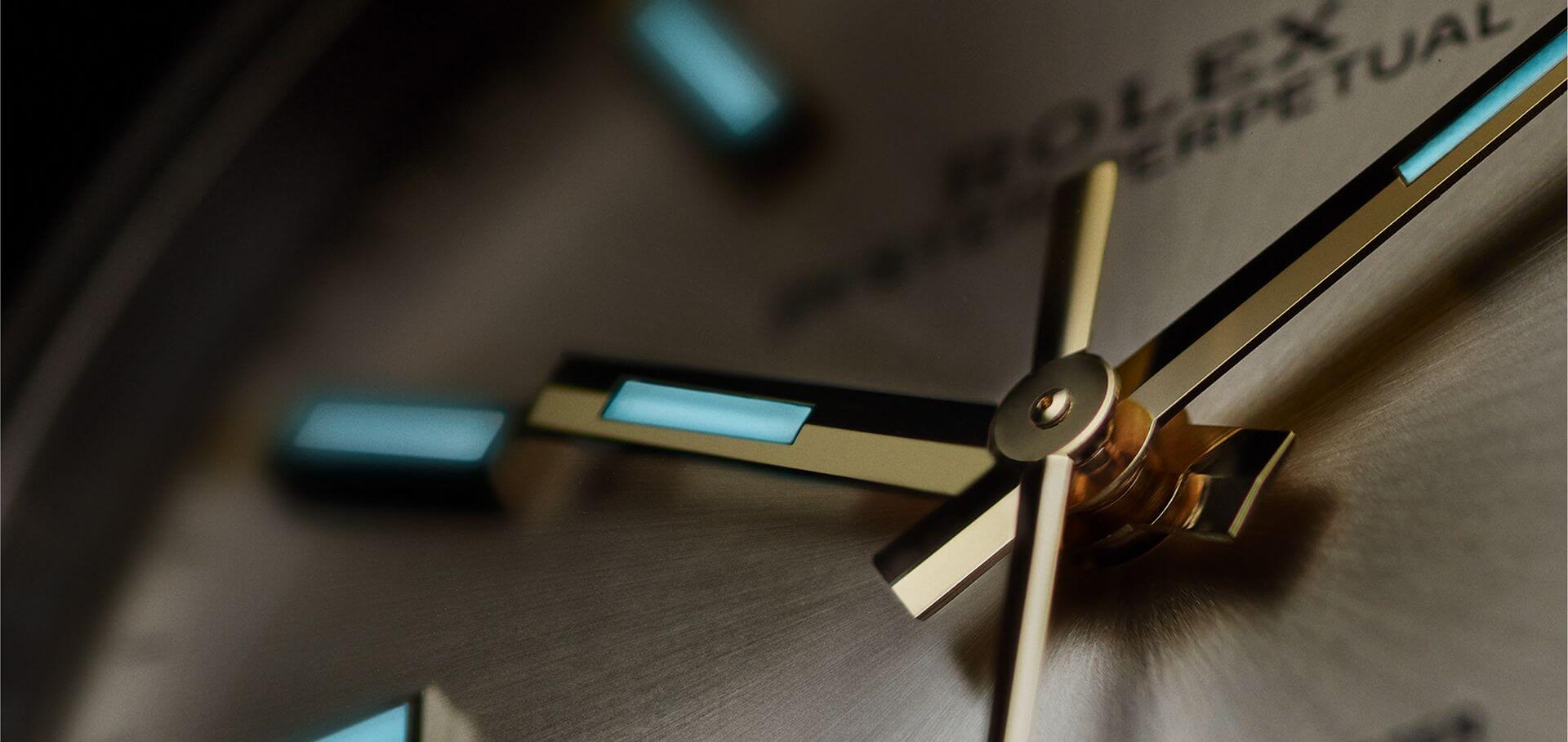
In Part 1 of our Rolexicon (Rolex Vocabulary: 10 Terms You Definitely Need To Know), we already shed light on ten common Rolex terms that every die-hard Rolex fan should know. Whether it’s Rolesor, Glidelock or Chronergy, Rolex certainly doesn’t mess around when it comes to naming its own alloys and movement parts.
Today, Rolex founder Hans Wilsdorf would certainly be delighted to see that his brand’s inventiveness is far from exhausted. We therefore present ten more terms that should not be missing in your watch vocabulary.
10. Oyster
The term Oyster originated in 1926, when Rolex introduced the world’s first waterproof watch. So far, so good, but why the name Oyster?
Legend has it that Rolex founder Hans Wilsdorf once had trouble opening an oyster at a dinner party. This promptly led him to name the hermetically sealed watch after the shellfish that was so difficult to open. Just one year later, the young Englishwoman Mercedes Gleitze swam ten hours through the English Channel with said watch, which the watch (and Gleitze) survived unscathed. A fact that Rolex knew only too well how to play out in the following decades to great media effect.

9. Twin-/Triplock
Rolex is of course aware of its water resistance achievements in the field of diving watches. Just think of the Mariana Trench dive from 2012, when James Cameron set off for the deepest point on earth. Attached to the outer wall of the dive boat, of course, was a Rolex wristwatch that survived a full 10,908 meters of depth. This corresponds to a pressure of 1,104 bar or 12.35 tons.
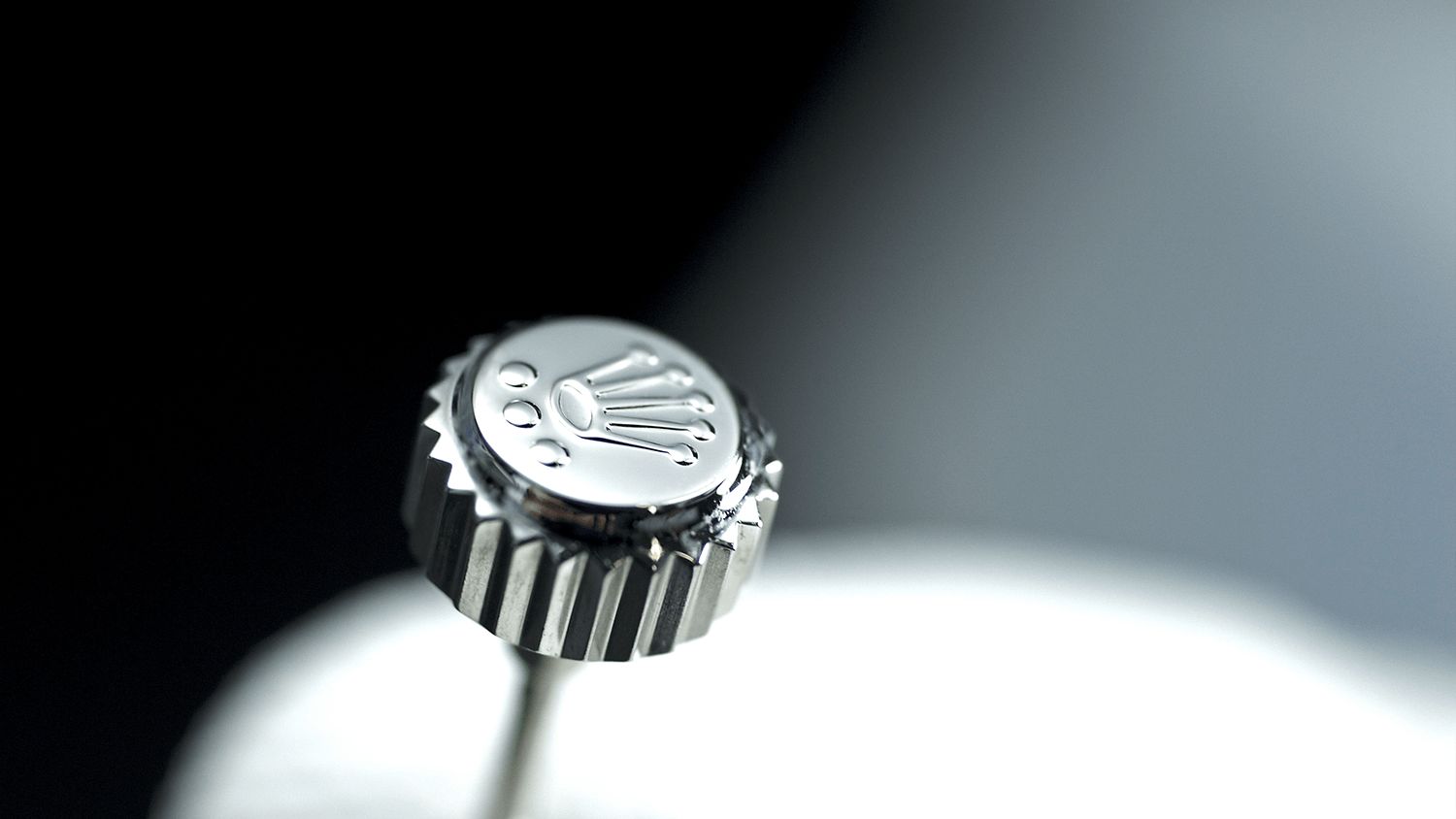
The crowns on normal Rolex diving watches do not have to withstand quite so much pressure today, but these are also technical masterpieces. Twinlock crowns, which were introduced in 1953, feature two gaskets: one in the crown and one in the watch tube. Incidentally, these can be recognized by a dot, two dots or a line under the Rolex crown. In 1970, Rolex went to the next level and presented the Triplock system. As the name suggests, this solution relies on three gaskets. Again, Triplock are recognizable at first glance, as they make use of (no surprise here) three points.
8. Cosmograph
Cosmograph is another term that you will only find at Rolex. The neologism first appeared in the 1950s and is a borrowing of the word cosmography, which once described the relationship between geography, geology and astronomy. Although the word was initially used to describe a watch with a moon phase display and calendar function, today it is undoubtedly reserved for another Rolex icon: the Rolex Daytona. The first Daytona models with Cosmograph inscription on the tachymeter bezel date back to the early 1960s. Nowadays, the term stands for watches with chronograph complication.

7. Perpetual
Rolex’s pioneering role manifested itself once again in 1931, when the company introduced the world’s first self-winding mechanism. While the competition was still relying on bumper automatic movements, which were clearly inferior in terms of efficiency, Rolex (or, strictly speaking, Aegler) had already developed a self-winding mechanism with a concentrically mounted oscillating weight including the Perpetual inscription. This also happened to be protected by a patent for 15 years, providing Rolex with a solid head start.
Even today, the “Perpetual” in the name indicates that it is a self-winding Rolex watch.

6. Easylink
The term Easylink describes an additional extension element in the clasp of certain models, which allows the wearer to quickly and easily extend (or shorten) their own bracelet by about 5mm. The quick extension system was patented by Rolex back in 1996 and aims to easily adjust the length of the bracelet for added convenience. The mechanism is discreetly hidden in the clasp and is not noticeable. Although the concept has its roots in diving, the function is nowadays a welcome remedy on hot summer days, when one’s wrist may swell a bit due to the heat.

Small note: Not to be confused with the Fliplock or Glidelock mechanism we already talked about in Part 1.
5. Hulk
Hulk is representative of a whole series of nicknames of course, which watch fans have given to various Rolex models over the decades (more on this here). The model “Hulk” in particular, which is nothing else but a Submariner Ref. 116610LV, turned out to be a crowd-pleaser in the end. However, its discontinuation in 2020 has caused prices on the second-hand market to skyrocket to crazy heights.
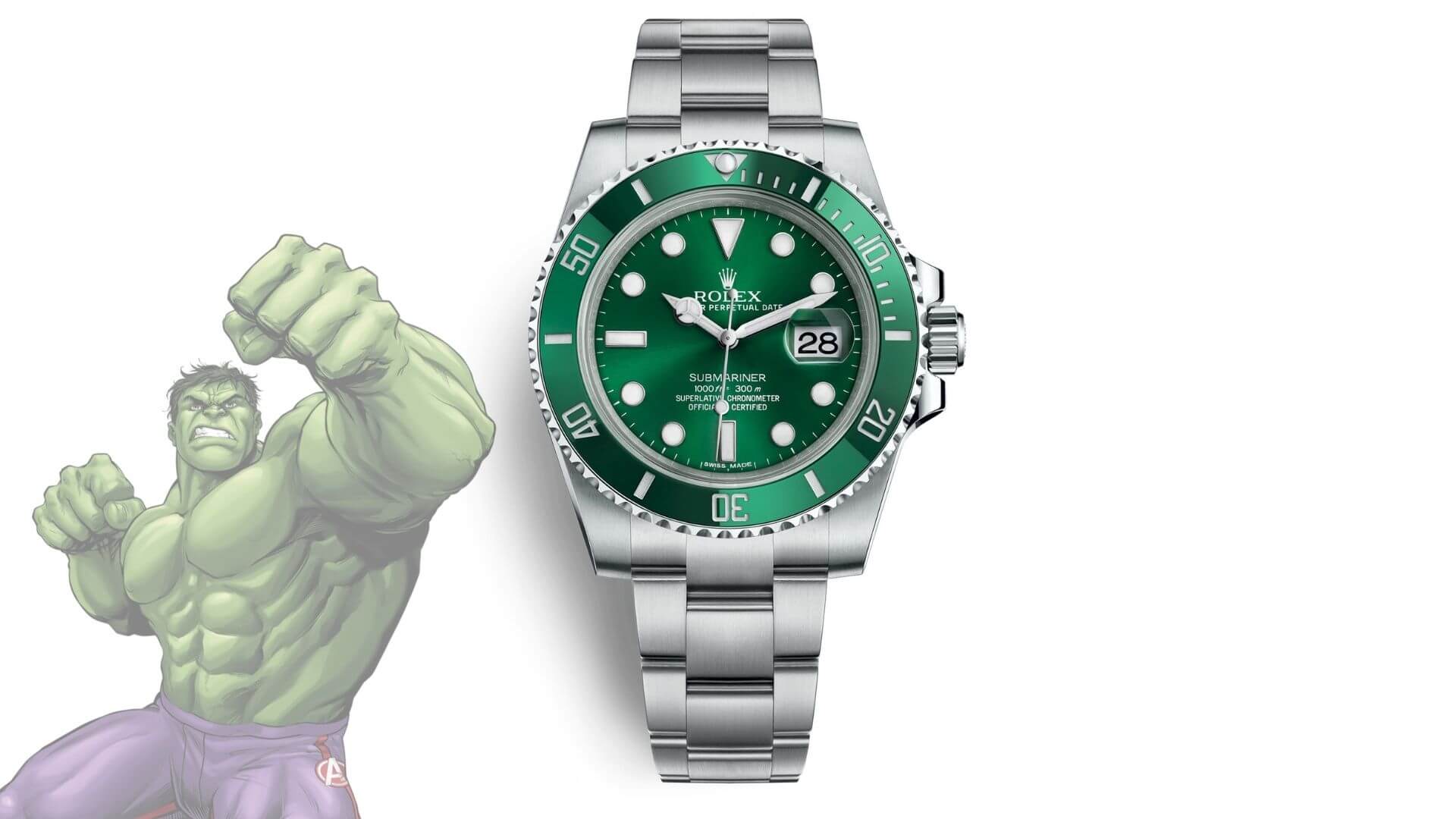
4. Mercedes
No, Hans Wilsdorf was not a secret admirer of the German car brand. Rather, the expression is aimed at the hour hand of some Rolex models that clearly resemble the Mercedes star. Incidentally, the first watch to introduce this highly recognizable design feature was a Rolex Explorer 6150 from 1953. However, the reason for this was pure pragmatism: Since luminous material was still applied in liquid form at the time – radioactive radium until the 1960s, and then tritium – cracks regularly occurred when it hardened due to surface tension. To be able to apply as much luminous material as possible, Rolex hence divided the circle of the hour hand into three fields. The uncanny resemblance to the Mercedes star was therefore a coincidence at best.

3. Oystersteel
In addition to the waterproof Oyster cases and the particularly robust Oysterflex bracelets, there is also the legendary Oyster stainless steel. Rolex has been using particular alloy since 1985, but it has only been officially advertised as Oyster steel since 2018. Also common is the designation 904L stainless steel, which at the end of the day describes one and the same thing. For a long time, the myth has persisted that Oystersteel is harder than conventional 316 stainless steel (“surgeon’s steel”), but there is actually no significant difference between the two in terms of strength and hardness. What distinguishes 904L stainless steel, however, is its higher corrosion resistance and the fact that it can be easily polished.
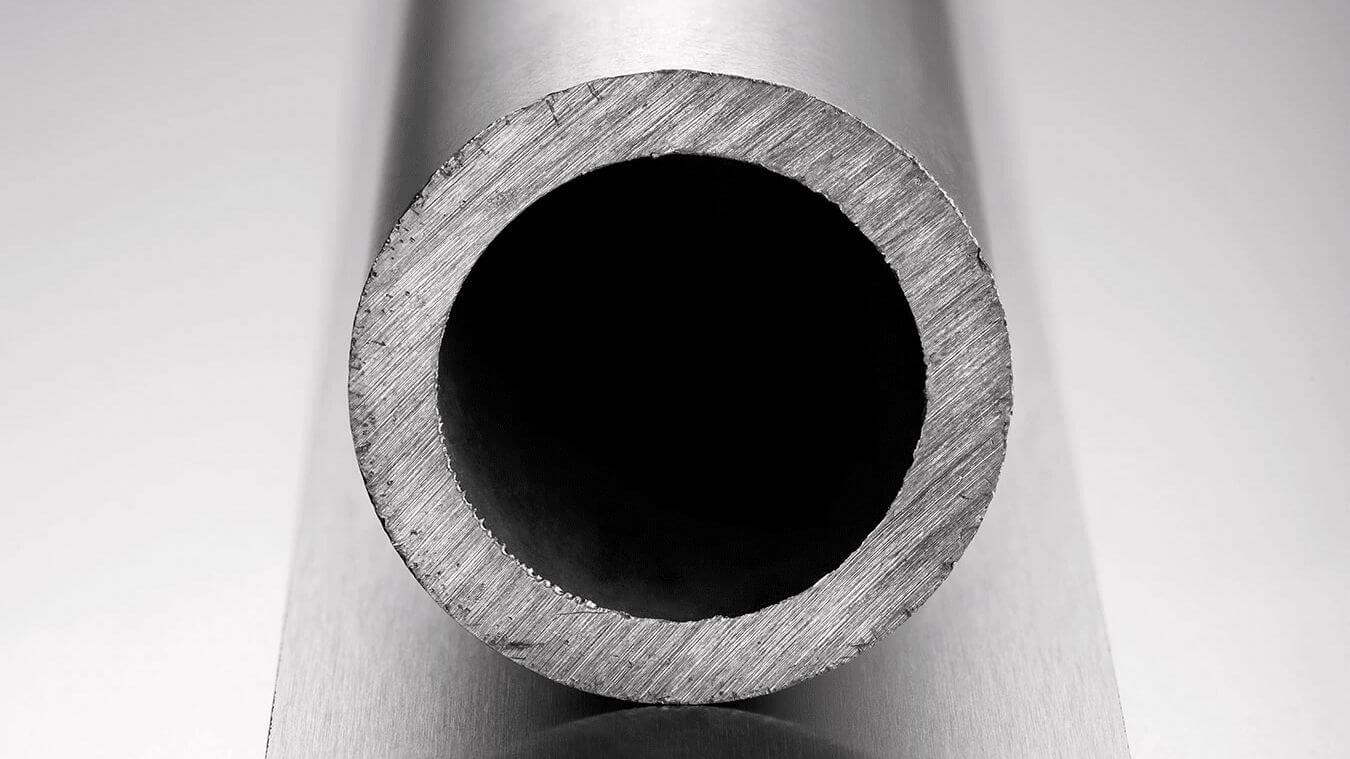
2. Syloxi
When thinking of modern Rolex hairsprings, the inclined reader will surely quickly think of the Parachrom hairsprings introduced in 2000, which are made of an alloy developed in-house (consisting of a compound of niobium, zirconium and oxygen). However, in addition to the striking blue-colored, patented Parachrom hairspring, Rolex carries another high-performance hairspring: Syloxi. The Syloxi hairspring was introduced in 2014 with the caliber 2236 and is considered to be particularly insensitive to temperature fluctuations and magnetic influences, as it consists of a composite material made of silicon and silicon oxide ((hence the name Syloxi).

1. Paraflex
What good is the most accurate caliber in the world if it is not stored safely? That’s right, nothing. Although Rolex has been using shock-absorbing movements to protect the delicate pivots of the balance staff since the 1930s, the Paraflex anti-shock system was not launched until 2005. The aim is to protect the fragile mechanics as best as possible from shocks and the like.

One of the best-known representatives of modern shock protection systems today is certainly the Swiss company Incabloc, but Rolex went one step further of course. According to the company, the symmetrical design of the Paraflex anti-shock system facilitates removal and also reinstallation during maintenance work. More important, however, is the fact that this powerful shock protection system makes Rolex movements up to 50% more resistant to shocks than comparable solutions.
If you would like to learn even more about watches, we recommend checking out our Watch 101: Watch Knowledge section.






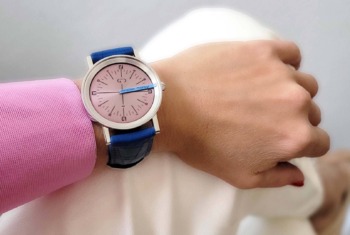

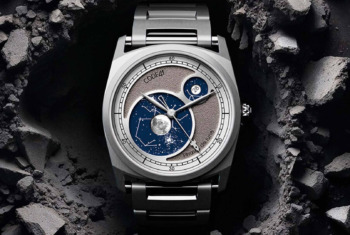
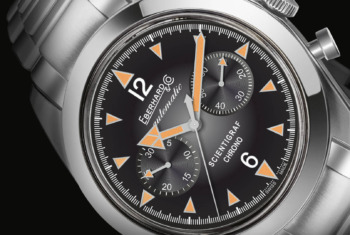
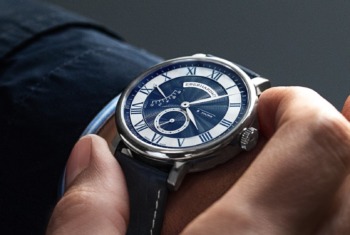
Very informative thanks, hands-down my favorite brand out there!
Marketing BS. As much as I respect the brand for everything it’s done in the past, there’s not a single item in this list other brands wouldn’t be capable of. While Rolex clings to its past, other brands are already living in the future.
Nice compilation!